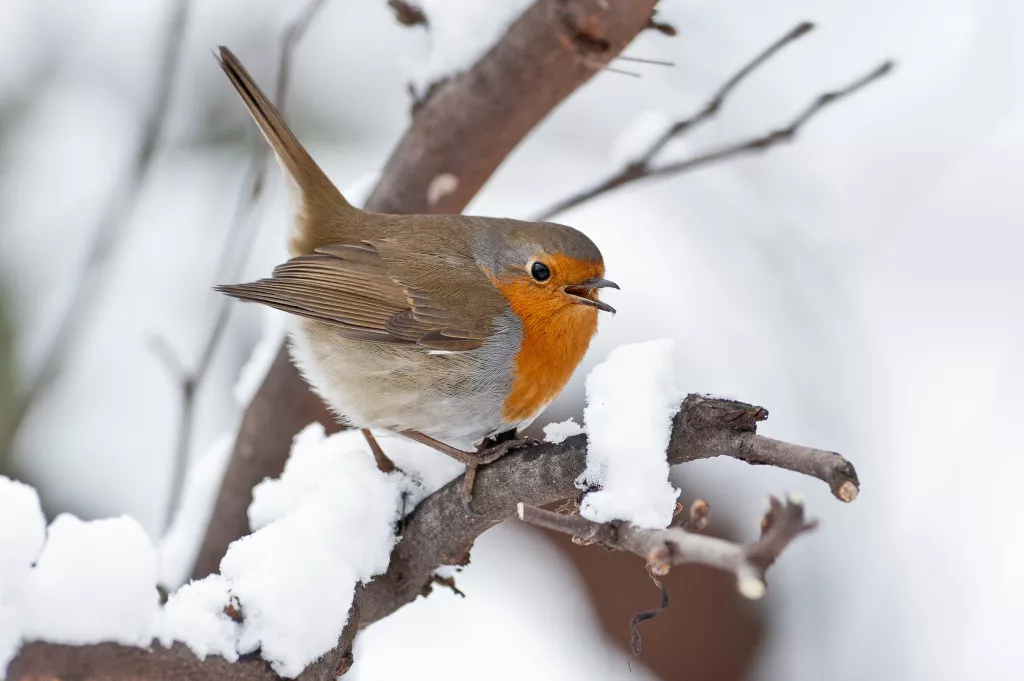HOW TO HELP WILDLIFE IN YOUR GARDEN DURING WINTER

The upcoming months are going to be the toughest for the wildlife found in our gardens. The cold weather combined with scare amounts of food can prove challenging for a variety of creatures so we are urging our readers to do all they can to help. These actions are small, easy, and inexpensive and will help wildlife to thrive rather than just survive. It will also significantly increase the diversity of creatures that will visit your garden, meaning you can watch wildlife even in the smallest of gardens.
FEED THE BIRDS Provide garden birds with foodstuffs that have a high fat content to keep them warm. Make sure you that you feed them regularly so that they will not waste vital energy visiting your garden when there is no food. Putting out fat blocks not only encourages birds to continue returning to your garden, but they will return the favour by eradicating garden pests in the coming year.
CHECK BONFIRES AND COMPOST HEAPS Check these for sheltering and hibernating animals such as hedgehogs, toads, and frogs.
BREAK THE ICE Fill a saucepan with hot water and sit it on the ice until a hole has been melted, this will allow wildlife to drink as well as entering and exiting the pond. Refrain from cracking the ice, as this can be harmful to wildlife.
FRESH DRINKING WATER Leave out a shallow dish or container of fresh drinking water at ground level.
LEAVE LEAVES Sweep fallen leaves into a pile or simply leave them to provide shelter for an array of wildlife including hedgehogs, toads, newts and many others. If the leaves are left on the soil then worms will slowly begin to pull them into the ground and eat them; this is good for the both the worms and your soil.
LOGS A small pile of logs tucked away under a hedge can become a home to a variety of insects such as beetles, millipedes, and woodlice. A plant pot loosely packed with straw could make this area even more hospitable for the likes of mice and bumblebees.
PLANT STEMS Insects can find the perfect habitat within the hollow stems of plants and their dry foliage, so we encourage you to leave them to stand during winter. Their seedpods will also provide meals for birds.

